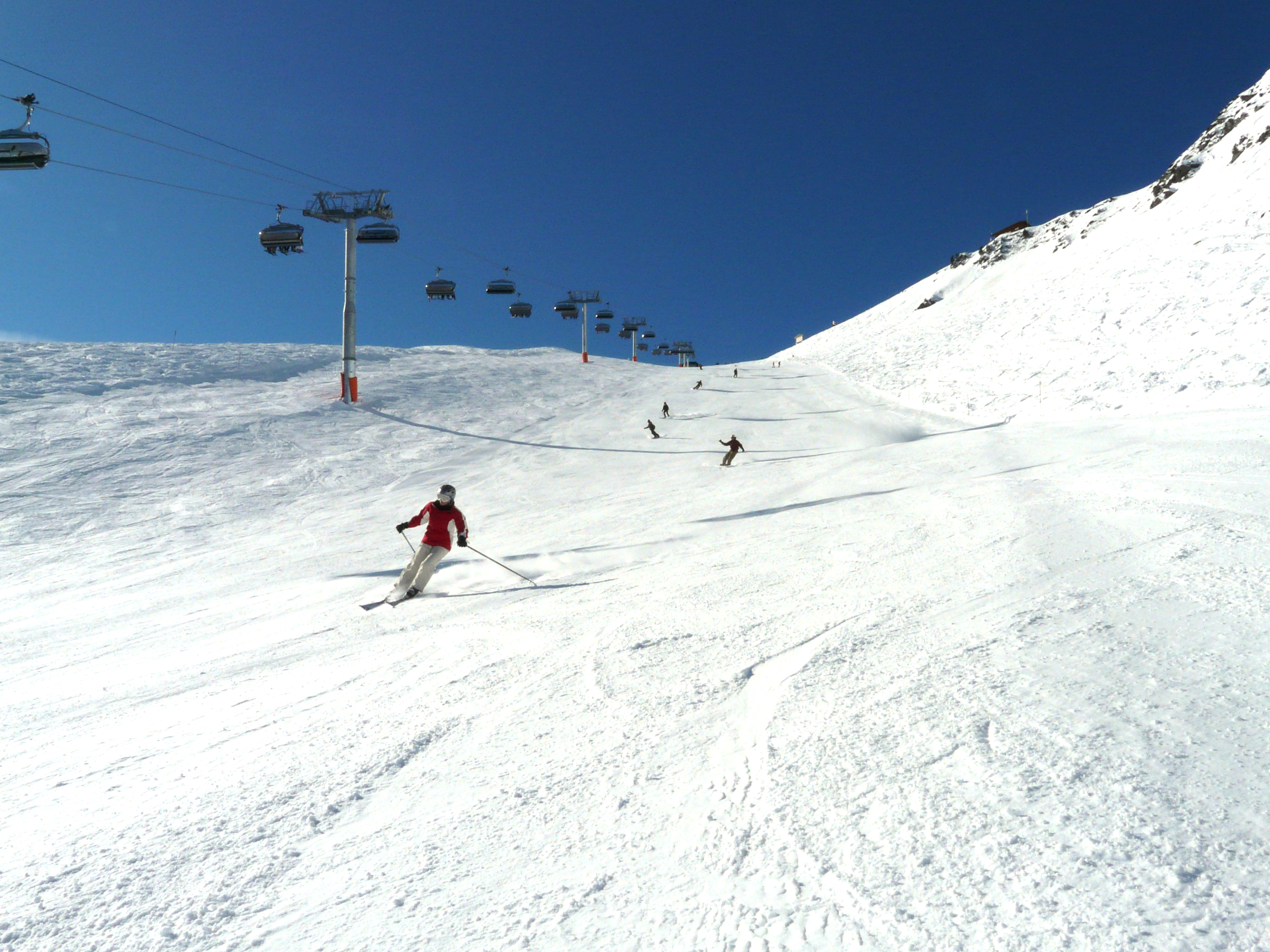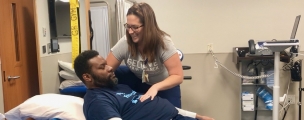The skiing season has arrived, and the winter warriors among us cannot wait to navigate those scenic powdery slopes, whether it is in the Poconos, New England, Colorado or Utah. But whether you are a beginner, an intermediate skier, or an expert, safety should always be your first priority as orthopedic, brain and spinal cord injuries are not uncommon. The following tips include recommendations of the National Ski Patrol to allow for the utmost skiing experience:
- Exercise Regularly. Skiing is a strenuous activity, so it is important to stay in shape with a consistent exercise routine throughout the year and not just in the winter months.
- Proper Ski Equipment. The length of your skis is determined typically by your height, weight, and level of expertise. In general, the longer the skis, the faster you will go. Bindings should always be adjusted by a trained professional at a ski shop. Bindings should release in the event of a fall to prevent leg injury; but if they release too easily, a fall will more likely occur. Boots should buckle snugly to provide ankle support. To see if your poles are the right length, hold them upside down by the tip with your hand resting on the basket. Your elbows should be at a right angle to the pole.
- Wear a Ski Helmet. This is critical to prevent possible head injury. Ski helmets must be snugly secured with the chin strap. They also allow space for goggles
- Proper Ski Attire. Goggles with UV protection are a must. The sun is stronger at higher altitudes and can be a serious threat to the eyes with rays bouncing off the gleaming white snow. Goggles also protect from debris. Sunscreen is also a must to protect from the strong rays. Waterproof ski pants, jacket, and ski gloves with hand warmers will keep you toasty. Dress in layers beginning with thermal underwear and socks. A neck gaiter that can be pulled up to cover your face will protect your skin from the cold and wind. Use lip balm, especially if skiing out West where the climate is very dry.
- Have Available Water and Snacks. Skiing is a strenuous activity, and it is easy to become fatigued and dehydrated especially at higher altitudes.
OK, it’s time to hit the slopes! Here are key points for safety while gliding down that mountain:
- Beginners: Take a lesson first with a trained instructor who is certified by the PSIA (Professional Ski Instructors of America).
- Observe Skiier Etiquette. Remember that those in front of you or below you on the trail have the right of way. Never stop in the middle of a trail where you cannot be seen from above. Always stop on the sides of trails.
- Chair Lifts. Sit all the way back in the chair. Keep your ski tips pointed upward when unloading.
- Do Not Venture Beyond Ski Boundary Areas. These areas typically have hazardous conditions.
- Ski with a Friend. If one of you gets injured, the other can summon the ski patrol for help.
- Know Your Limits. Skiing on terrain beyond your ability is risky for yourself and others on that trail.
If you follow these rules, you’ll have a blast on the slopes — and stay safe while doing it!







